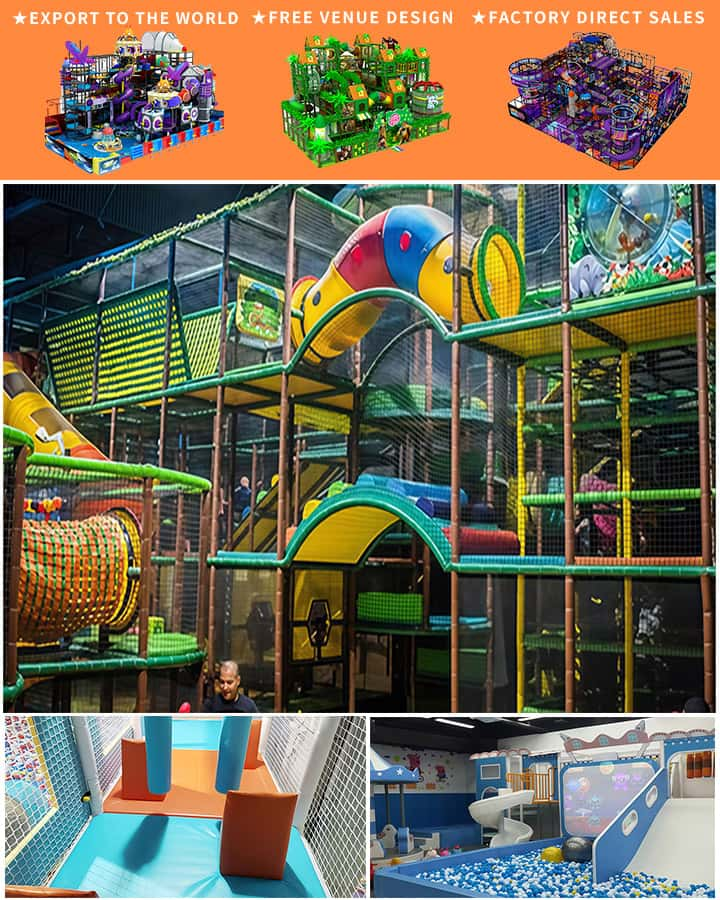Creating an engaging and safe environment for children to play in is crucial in today’s world. One of the essential steps in designing a kids’ playground involves utilizing precise technical drawings, often saved in DWG (Drawing) format. This article delves into how DWG files can be your ultimate guide when planning and installing playground equipment.
Understanding DWG Files
DWG files are a type of file format used for storing two-dimensional and three-dimensional design data and metadata. They are primarily associated with AutoCAD and other computer-aided design (CAD) applications. For playground designers, these files are invaluable because they provide detailed and accurate blueprints that ensure every piece of equipment is designed to exact specifications.
Importance of DWG Files in Playground Design
Precision and Accuracy Precision is paramount when it comes to playground equipment. Using DWG files ensures that each element, from swings to slides, is crafted to meticulous standards. This reduces the margin of error during manufacturing and installation, thereby enhancing safety and durability.
Scalability DWG files make it easy to scale designs according to different needs, whether you’re designing for a small community park or a large school playground. You can easily adjust dimensions without losing quality or details, ensuring the playground fits perfectly within its intended space.
Compliance with Safety Standards Safety is non-negotiable when it comes to playgrounds. DWG files help designers incorporate safety features that comply with local regulations and industry standards. These files can include notes on materials, structural integrity, and safety mechanisms, providing a comprehensive guide for construction.

- Ease of Collaboration Sharing DWG files among architects, engineers, and other stakeholders is seamless, fostering better collaboration. Everyone involved can review and suggest modifications without being physically present. This streamlines the design process and ensures all perspectives are considered.
Key Features of Kids’ Playground Equipment Designs in DWG Files
Modular Designs Modular playground equipment allows for flexibility and customization. DWG files enable designers to create various modules that can be mixed and matched to suit different spaces and preferences. This versatility is particularly beneficial for adaptive reuse of existing structures.
Inclusive Play Solutions Modern playgrounds must cater to children of all abilities. DWG files can incorporate inclusive design elements such as wheelchair-accessible swings and sensory play areas, ensuring that every child has an enjoyable and enriching play experience.
Innovative Materials and Construction Techniques Utilizing advanced materials like recycled plastics or sustainable wood can make playgrounds eco-friendly. DWG files can detail the use of these materials, along with innovative construction techniques that enhance longevity while minimizing environmental impact.
Interactive Elements Incorporating digital and interactive elements is another trend gaining traction. DWG files can outline the integration of touchscreen panels, musical instruments, and other interactive features, making the playground educational as well as entertaining.
How to Get Started with DWG Files for Playground Design
Choose the Right CAD Software Invest in reliable CAD software that supports DWG files, such as AutoCAD or FreeCAD. Ensure you have the necessary training to maximize its potential.
Gather Inspiration and Data Research existing playground designs and gather data on the specific needs of the target users. Use this information to inform your initial sketches and concepts.
Draft the Initial Design Begin drafting your playground equipment using the DWG format. Pay attention to scale, proportion, and detail to ensure a high-quality final product.
Review and Refine Regularly review your design and seek feedback from colleagues and stakeholders. Make necessary adjustments to improve functionality and aesthetics.
Finalize and Share Once satisfied with the design, finalize the DWG files and share them with manufacturers, contractors, and other relevant parties for implementation.
Conclusion
The use of DWG files in designing kids’ playground equipment offers unparalleled precision, flexibility, and safety. By leveraging these digital blueprints, designers can create vibrant, inclusive, and enduring playgrounds that cater to the diverse needs of children everywhere. Whether you are an experienced designer or just starting out, understanding and utilizing DWG files will undoubtedly elevate your playground projects to new heights.




